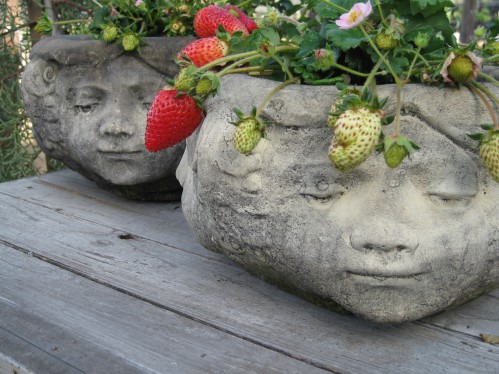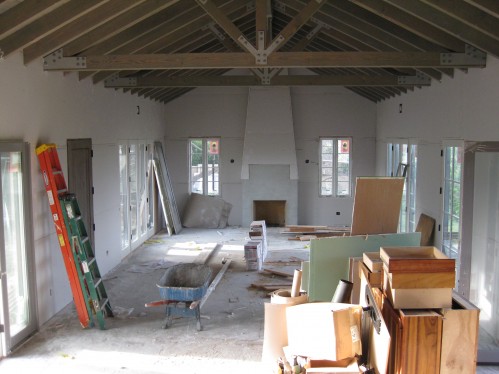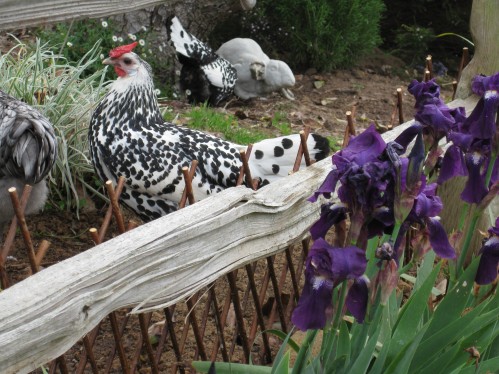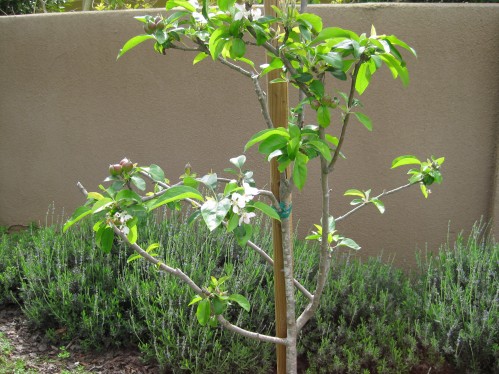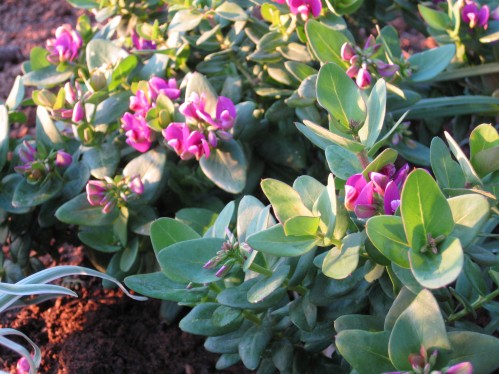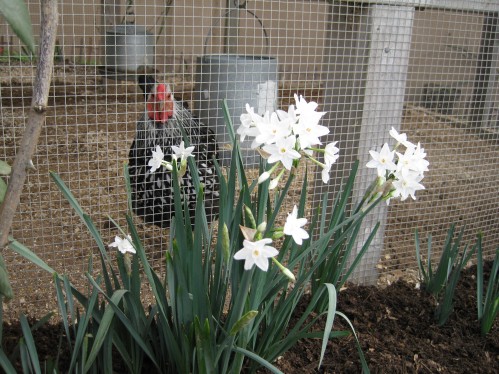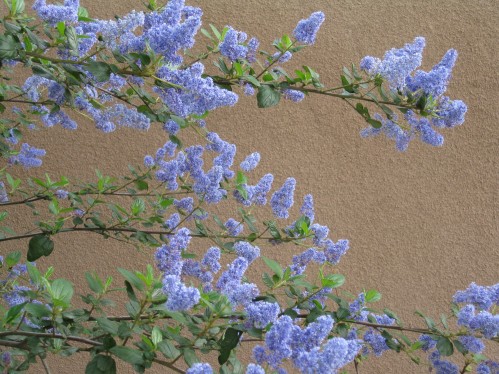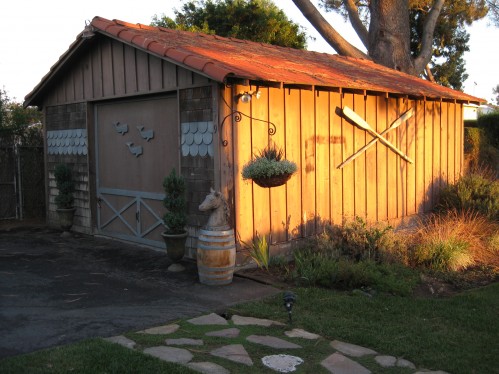 Sometimes the hardest part of a home remodel, is letting go of the old. Soon, it will be out with the old, and in with the new. It really is not that cut and dry. We have carefully thought this through, and tipped the scale in favor of our new barn.
Sometimes the hardest part of a home remodel, is letting go of the old. Soon, it will be out with the old, and in with the new. It really is not that cut and dry. We have carefully thought this through, and tipped the scale in favor of our new barn.
In the above photo, is our revered garage named "Le Vin de Garage," where until recently we made and stored our Domaine de Manion vintages. My husband, John, cleverly tweaked a photo of our "Le Vin de Garage" for our first label. It placed "Fourth Place" in "wine label category" at the San Diego County Fair a few years ago.
John got the "garage idea," one night, when we were watching the movie, A Good Year (Full-Screen Edition)

Our home was originally built in 1930, and we believe this stand alone garage was built a little later in the 1960's. It has to be close to 50 years old. A previous unknown owner took the time to enhance its character, with whales, waves, and crossed oars. If only our "Le Vin de Garage" could tell us some of its colorful stories of the past.
Alas, our garage has served us well over the last ten years, and it is sad to see it go. It does have termite damage from past neglect. When we have a heavy rain it does leak a bit. Now with our remodel plans, it is not in the best location.
Actually our "Le Vin de Garage," is not totally going away. We've decided to re-purpose its best materials in the form of a shed, close to our vineyard. In a way, it will live on, and continue to help us with our vineyard maintenance and vintages.
Our new barn is nearly finished. It has our new wine-making room on its ground floor, with a work counter for testing the wines, storage area for our equipment, and a harvest table. We really have come a long way, from the day we got the idea to plant a vineyard.
Please share if you make home-made wine? Please share how you got started making wine. Please comment on what kind of area or space you devote to making wine.
Thank You for Supporting VGG Sponsors!

